
Two hundred years ago this May, a new 235-ton brig slipped into the Thames at London’s Woolwich Dockyard. She was a petite 90 feet, a gun sloop of the Royal Navy Cherokee class, a common type of warship. But HMS Beagle was to become one of the most famous ships of all time. Charles Darwin sailed in her on his epic five-year voyage around the world. When he returned, he published On The Origin of Species, a book that rocked Victorian England and changed natural science forever.
Two months after the launch, the Beagle sailed upriver to join the festivities for the coronation of George IV (his obese majesty was half an hour late for the service). The Navy subsequently fitted her out as a survey vessel and dispatched her on a global voyage. This first expedition was a success, despite the suicide of captain Pringle Stokes.
On the Beagle’s return in 1830, the Admiralty decided to commission another circumnavigation to chart the South American coast further and to obtain a more accurate fixing of longitude; the chosen ship was HMS Chanticleer. But that Chaucerian brig was in a poor condition, so the still youthful Beagle again moved into history’s view.
The slight, patrician figure of Captain Robert FitzRoy was again at the helm (he had taken over from the benighted Stokes on the first voyage). Through a more or less random connection, on 5th September 1831 FitzRoy summoned the 22-year-old Darwin and offered him the post of (unpaid) onboard naturalist.
This story is from the May 2020 edition of The Oldie Magazine.
Start your 7-day Magzter GOLD free trial to access thousands of curated premium stories, and 9,000+ magazines and newspapers.
Already a subscriber ? Sign In
This story is from the May 2020 edition of The Oldie Magazine.
Start your 7-day Magzter GOLD free trial to access thousands of curated premium stories, and 9,000+ magazines and newspapers.
Already a subscriber? Sign In

Travel: Retreat From The World
For his new book, Nat Segnit visited Britain’s quietest monasteries and islands to talk to monks, hermits and recluses

What is... a nail house?
Don’t confuse a nail house with a nail parlour. A nail house is an old house that survives as new building development goes on all around it.
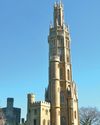
Kent's stairway to heaven
Walter Barton May’s Hadlow Castle is the ultimate Gothic folly

Pursuits
Pursuits

The book that changed the world
On Marcel Proust’s 150th anniversary, A N Wilson praises his masterpiece, an exquisite comedy with no parallel
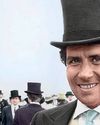
RIP the playboys of the western world
Charlie Methven mourns his dashing former father-in-law, Luis ‘the Bounder’ Basualdo, last of a dying breed
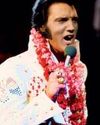
Arts
Arts

My film family's greatest hits
Downton Abbey producer Gareth Neame follows in the footsteps of his father, grandfather and great-grandmother, a silent-movie star
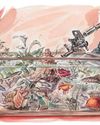
Books
Books
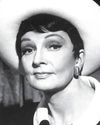
A lifetime of pin-ups
Barry Humphries still has nightmares about going on stage. He’s always admired the stars who kept battling on